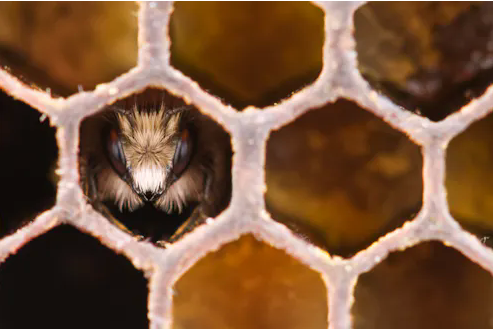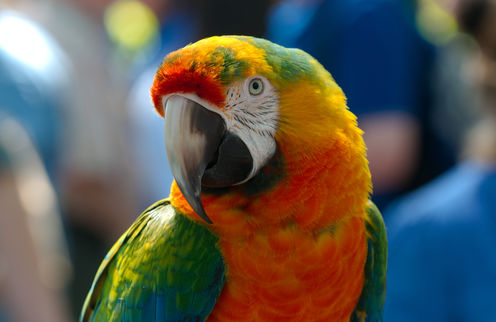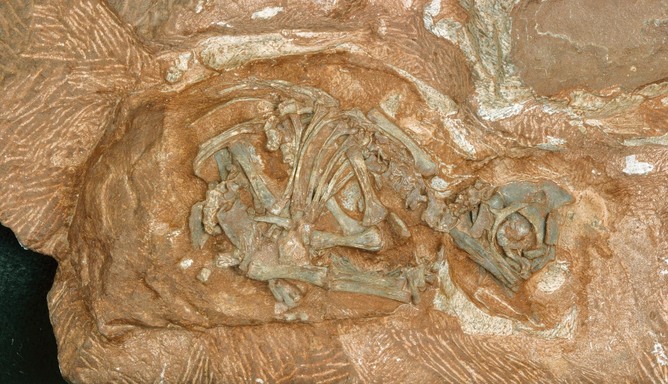 Correlation: Sitting Is Bad For Your Health And Exercise Won't Help
Correlation: Sitting Is Bad For Your Health And Exercise Won't HelpAdvances in technology in recent decades have obviated the need and desire for humans to move....
 It's About Calories, So Kimchi Is Not A Weight Loss Superfood - But You May Eat Less
It's About Calories, So Kimchi Is Not A Weight Loss Superfood - But You May Eat LessFermented foods have become popular in recent years, partly due to their perceived health benefits....
 Beekeepers Are Wrong About Overwinter Hive Behavior
Beekeepers Are Wrong About Overwinter Hive BehaviorHoneybees in man-made hives may have been suffering the cold unnecessarily for over a century because...
 Why Does Anyone Still Search For The Loch Ness Monster?
Why Does Anyone Still Search For The Loch Ness Monster?Hugh Gray was taking his usual post-church walk around Loch Ness in Scotland on a November Sunday...




 Many animals – including seals, dolphins and bats –
Many animals – including seals, dolphins and bats – 

 Now that most colleges and universities have completed their spring semesters, course instructors are opening up sealed manila envelopes, all over the country, to read their teaching evaluations.
Now that most colleges and universities have completed their spring semesters, course instructors are opening up sealed manila envelopes, all over the country, to read their teaching evaluations.
 I’ve come to believe that mathematics, as an investigative science, as a practical discipline and as a creative art, shares many characteristics with cookery.
I’ve come to believe that mathematics, as an investigative science, as a practical discipline and as a creative art, shares many characteristics with cookery. 
 In the late winter of 1976, the world famous fossil collector
In the late winter of 1976, the world famous fossil collector 